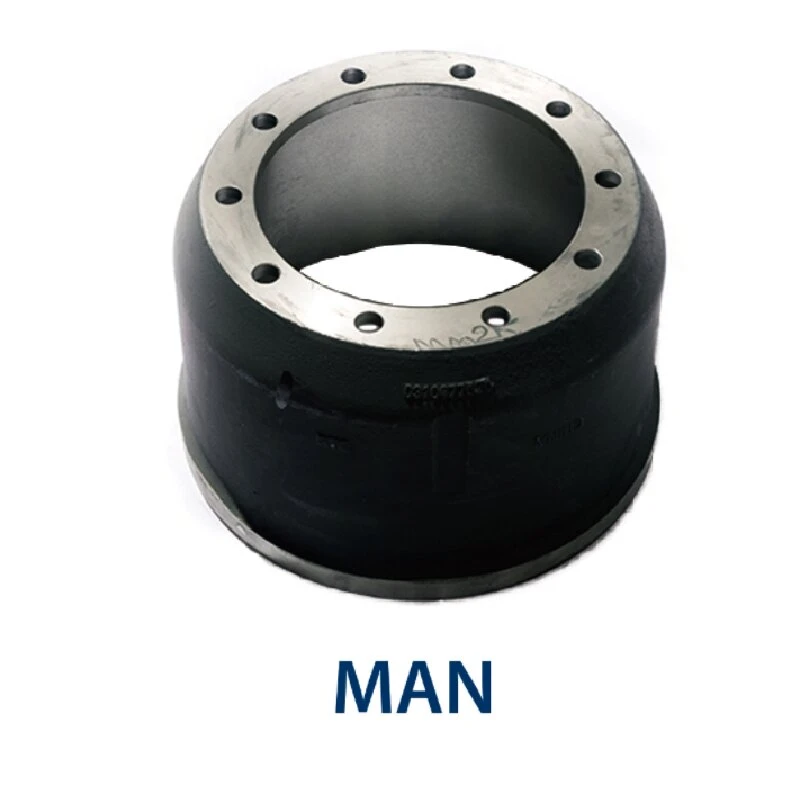Dec . 16, 2024 22:20 Back to list
Brake drum installation issues preventing reassembly and proper fitting solutions
Troubleshooting Why Your Brake Drum Won't Go Back On
Brakes are one of the most crucial components of your vehicle, ensuring your safety on the road. When it comes to drum brakes, a common issue some vehicle owners encounter is difficulty in reassembling the brake drum after maintenance or replacement. If you find yourself saying, my brake drum won't go back on, it can be frustrating, but understanding the underlying reasons and potential solutions can save you time and effort.
Understanding the Brake Drum Assembly
Before diving into troubleshooting, it's essential to understand how brake drums function. Drum brakes consist of several parts the drum itself, brake shoes, springs, and various mounting hardware. When you press the brake pedal, the brake shoes expand outward to contact the inner surface of the drum, creating friction that slows down or stops the vehicle. If you've recently serviced your brakes—replacing shoes or other components—reassembling the drum might pose challenges.
Common Reasons for Difficulties in Reassembly
1. Misalignment of Brake Shoes One of the most common reasons you can't get the drum back on is the misalignment of the brake shoes. If the shoes are not properly positioned, they might extend too far out, preventing the drum from sliding over them. Ensure that the shoes are aligned correctly and that any retainers or springs are in place.
2. Incorrect Shoe Adjustment The brake shoes need to be adjusted correctly to fit inside the drum. If they're too tight or not adjusted to the proper width, you'll face issues. Use the adjuster wheel to expand or retract the shoes until they're flush with the drum but not so far that they cannot freely spin.
3. Debris and Contamination Dirt, rust, or debris on the brake components can impede the smooth operation of the drum assembly. Make sure to clean all surfaces thoroughly. Use brake cleaner and a wire brush to remove any grime or rust buildup before reassembling the drum.
4. Failed Wheel Cylinder If your vehicle uses hydraulic brakes, a leaking wheel cylinder can sometimes push out the brake shoes too far, making it impossible to fit the drum back on. Inspect the wheel cylinder for any signs of failure and replace it if necessary.
5. Spring Tension The springs that hold the brake shoes in place must have the correct tension. If they’re overly tight or incorrectly installed, they can pull the shoes out too far for the drum to fit. Double-check the installation of the springs and ensure they are functioning correctly.
brake drum wont go back on

6. Drum Wear and Tear Over time, brake drums can wear unevenly. A warped or excessively worn drum will not fit over the shoes properly. If you notice any significant wear or irregularities, consider machining the drum or replacing it altogether.
Solutions to Consider
- Inspect and Adjust Go back and inspect the state of your brake assembly. Adjust the shoes using the adjuster mechanism until the shoes are close to the drum but not touching it.
- Consult the Manual If you’re tackling this on your own, consulting your vehicle’s service manual can provide specific guidance relevant to your make and model.
- Seek Professional Help If you've tried multiple adjustments and solutions without success, it might be time to consult a professional mechanic. They can provide expertise and potentially identify issues you may not have considered.
Safety First
Before embarking on any do-it-yourself brake repairs, it's crucial to prioritize safety. Ensure that you have the right tools, work in a well-ventilated area, and take appropriate precautions against injury. Improperly installed brakes can compromise vehicle safety and lead to severe accidents.
Conclusion
If you're facing the frustrating situation of a brake drum that won’t go back on, take a step back and evaluate the potential causes. Misalignment, adjustment issues, contamination, and component failures are common culprits that can be addressed with careful inspection and adjustment. Remember that brakes are a potential lifesaver, and getting it right is critical for your safety on the road. If in doubt, don’t hesitate to reach out to a professional—better safe than sorry!
-
Scania Brake Drums: OEM Quality for Optimal Safety & Durability
NewsAug.16,2025
-
R.V.I: Advanced Remote Visual Inspection for Precision
NewsAug.15,2025
-
Discover HYUNDA: Innovative Vehicles, Equipment & Solutions
NewsAug.14,2025
-
R.V.I: Unlock Advanced Insights & Real-time Performance
NewsAug.13,2025
-
Kamaz Brake Drum: Durable & Reliable for Heavy Duty Trucks
NewsAug.12,2025
-
Heavy Duty Iveco Brake Drum - Premium Quality & Safety
NewsAug.11,2025
